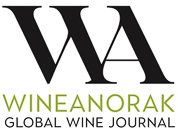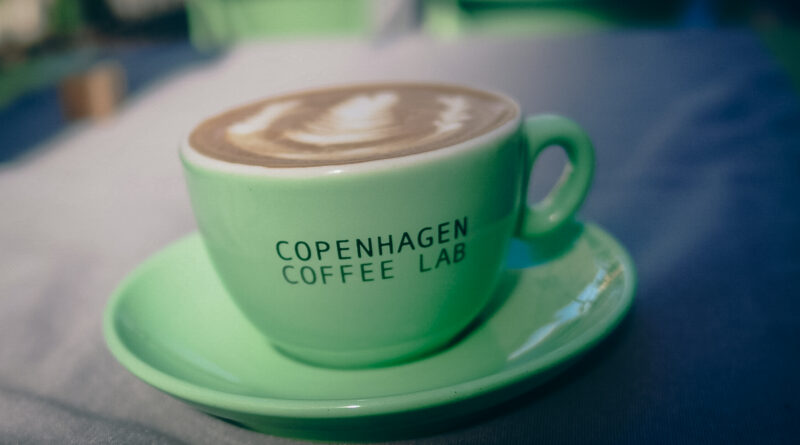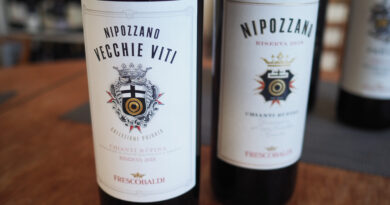Let’s look at the coffee market, and see what this can tell us about wine
People in wine talking about ‘the wine industry’ often get themselves in a stew. As I’ve said before often, and will keep repeating (because it seems no one really listens) a lot of the muddled thinking is because of a failure to segment intelligently. And, yes, age cohort segmentation isn’t very helpful. Instead, we need to segment by the channel that the product is sold through, which correlates well with its positioning by price.
One way to clear our heads a bit when thinking about this concept is to consider another drinks category which we are active consumers in, but which we aren’t insiders in. Coffee is a good example.

I drink coffee most days, but while I’ve been to a couple of coffee seminars, watched the odd coffee video on you tube, I’m not a category expert. Simply a consumer.
The first thing I’d say is that there are probably far more people like me consuming coffee than there are coffee geeks. But coffee geeks do exist. I suspect that wine has a higher proportion of high-involvement consumers than coffee, but most people who drink wine are low-involvement consumers and don’t read about wine, and don’t purchase wine magazines.
I’d also say that as a coffee consumer, the existence of high-level coffee expertise and people who take coffee very seriously doesn’t affect me: I’m not alienated by the coffee industry! In wine, some insiders berate other insiders for not being consumer friendly enough, and that if someone were to dismiss cheap processed wine they would be vilifying consumers who enjoy this wine. If I drink freeze-dried instant coffee, I certainly don’t feel the judgement of those coffee experts who think it’s horrible, and say so on their social media platforms. Largely, it’s because I’m not reading about coffee or discussing it online. And even if I were, I get it – I acknowledge and value coffee expertise, even if I haven’t invested a lot of time and energy gaining it. I don’t find it threatening, and I’d think it weird if high-involvement coffee consumers were to start saying nice things about freeze dried instant coffee.
We can probably assume that if a wine expert says bad things about the sensory experience of YellowTail, that pretty much all YellowTail drinkers won’t notice it. And we don’t have to rush to defend wines like these, or the likes of Apothic and the various Bourbon-barrel-aged reds. They sell well, they have their customers.
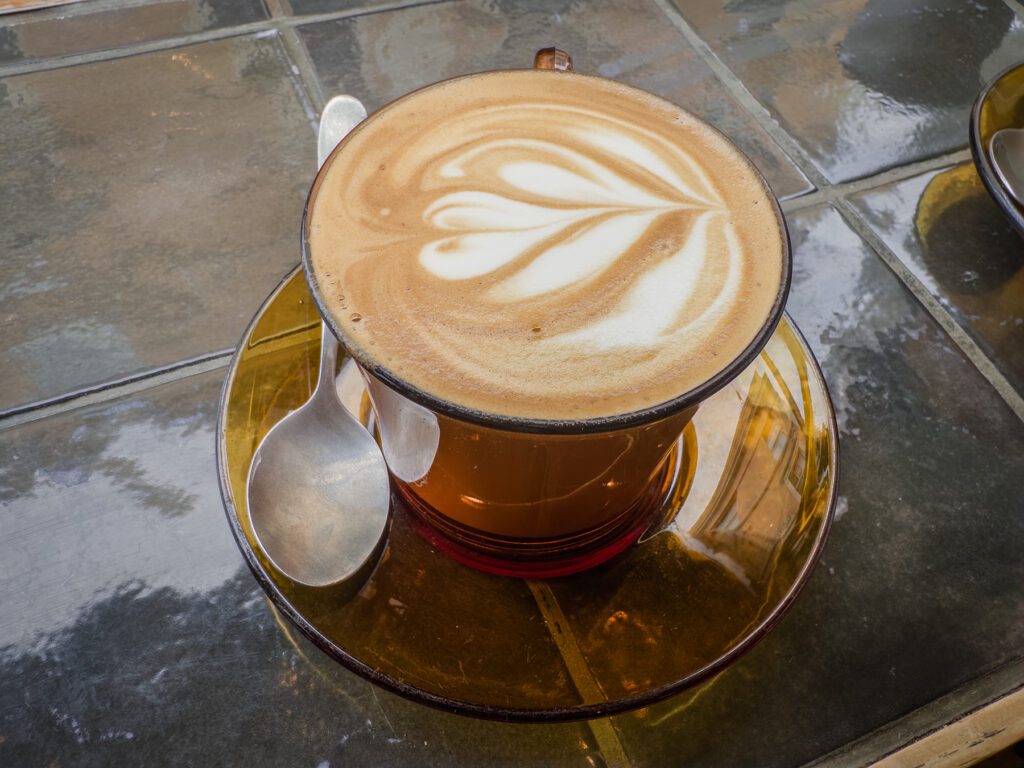
As a coffee consumer, I drink different sorts of coffee, and I’m able to tell the difference between good coffee and bad coffee, but I’m not able to explain why some coffees are better than other, and information about the origin of the coffee is like reading a foreign language.
If I’m in a hotel in France, usually the in-room coffee option will be a plastic sachet of Nescafe instant coffee. If I’m in north America, often it is one of those Keurig machines. Both make ghastly coffee (to my taste), but they are palatable enough to serve the function of morning coffee, which is not so much about flavour as about a pause in the morning; a ritual.
If I am out and about, I’ve stopped using most chains, as it’s a waste of £4. I really don’t like the coffee at Starbucks, and would rather go without than buy one. I don’t like Costa Coffee, and Pret used to be OK, but the barista standards are so inconsistent I won’t buy coffee there again unless I really must. In Canada, I avoid Tim Hortons. I’m not one of those people who must have coffee every day, or every morning.
My current coffee regular spots are various chains of WatchHouse (Canary Wharf and Bermondsey) and 15 grams in Greenwich and Blackheath. These are both excellent.
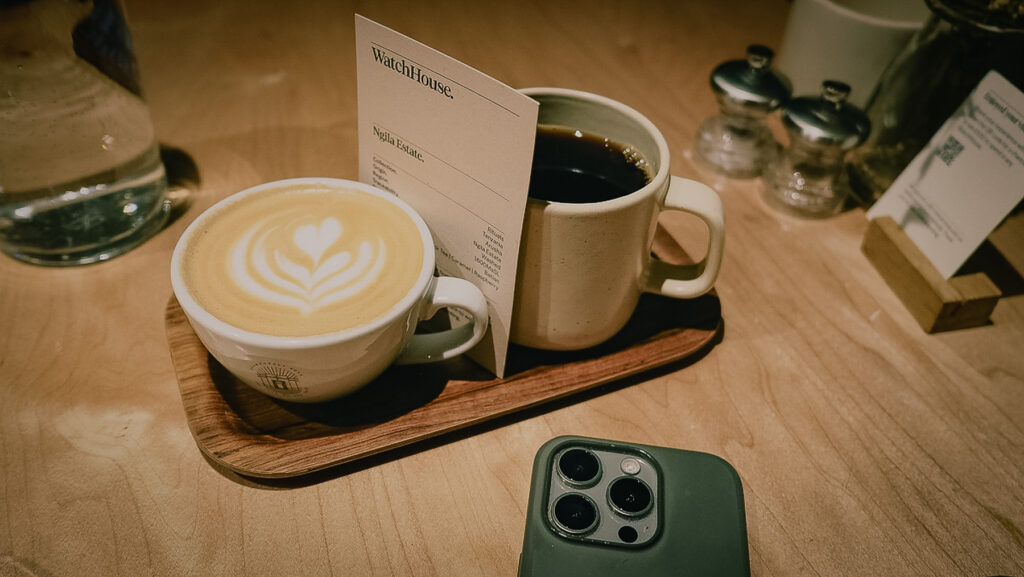
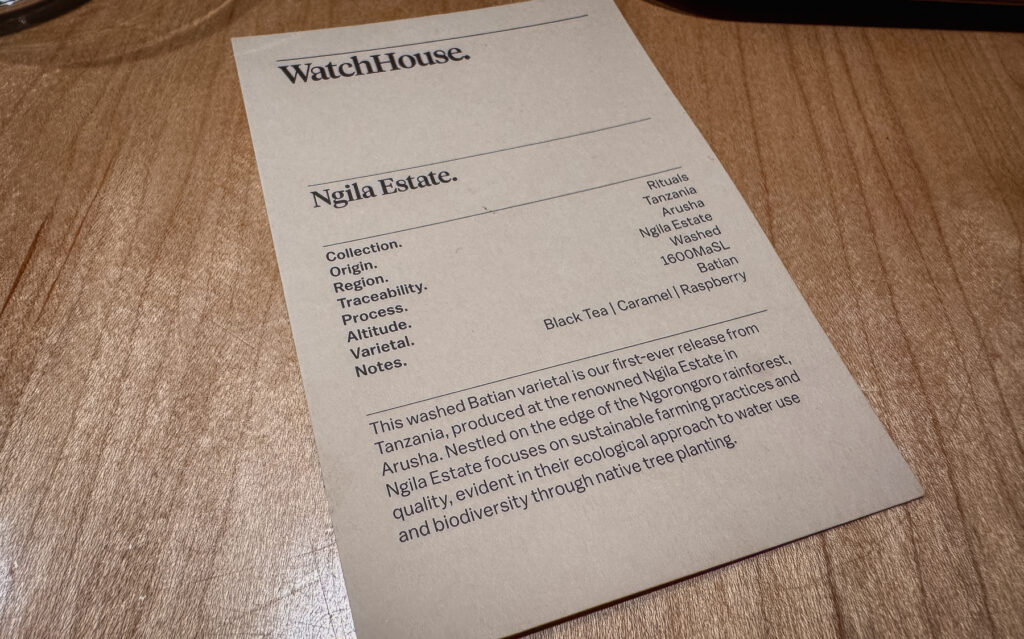
I’m fascinated by WatchHouse, in particular. The standards here are very high, and the coffee is presented with a small information card detailing its origins and telling customers about the coffee. There’s a lot of detail, and I’m sure that for most people, this isn’t needed. But I appreciate the transparency and attention to detail here. There seems to be an integrity about the approach to coffee, which I appreciate without being able to assess from a position of expertise.
Ultimately, it is about consumer trust. If I want to, I can spend £8 on a special drip coffee here. I love that this is offered, but I’ve not tried this expensive option. But because I trust the outlet, I’m happy to let their expertise lead me. This is how it works with wine, too. If you trust the retailer, or the restaurant, or the wine bar, then you are likely willing to spend a little more. But even if you don’t spend more, you’ll be back, because you have been treated well, as an intelligent and curious consumer, even if you don’t have knowledge or expertise.
There are many segments to the coffee market. There are lots of channels to the consumer. Often the consumer lacks any real choice but can only drink the coffee that is offered to them. And sometimes, that is OK. For many people, coffee isn’t really about the taste of the coffee, it’s about the psychological punctuation mark in the day, the caffeine hit, the ritual. And I think we begin to make more sense of the wine market if we consider these factors true for wine also.
